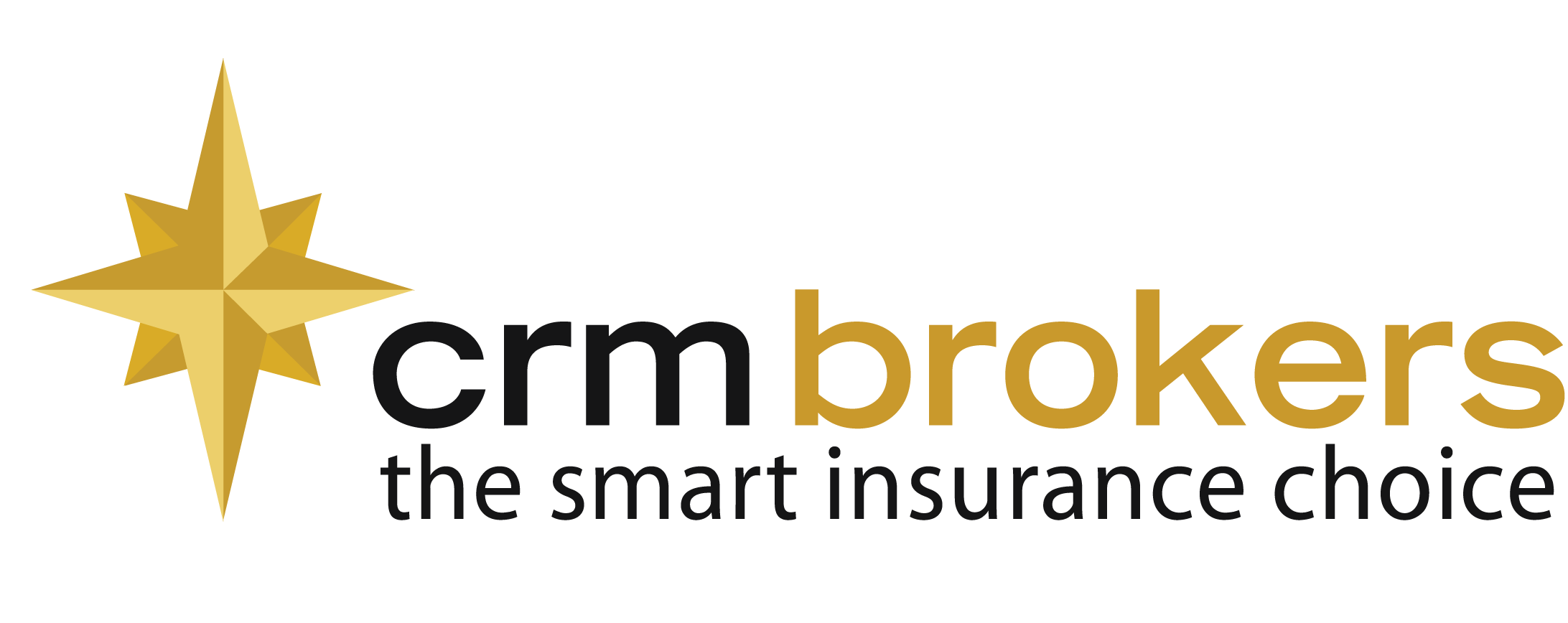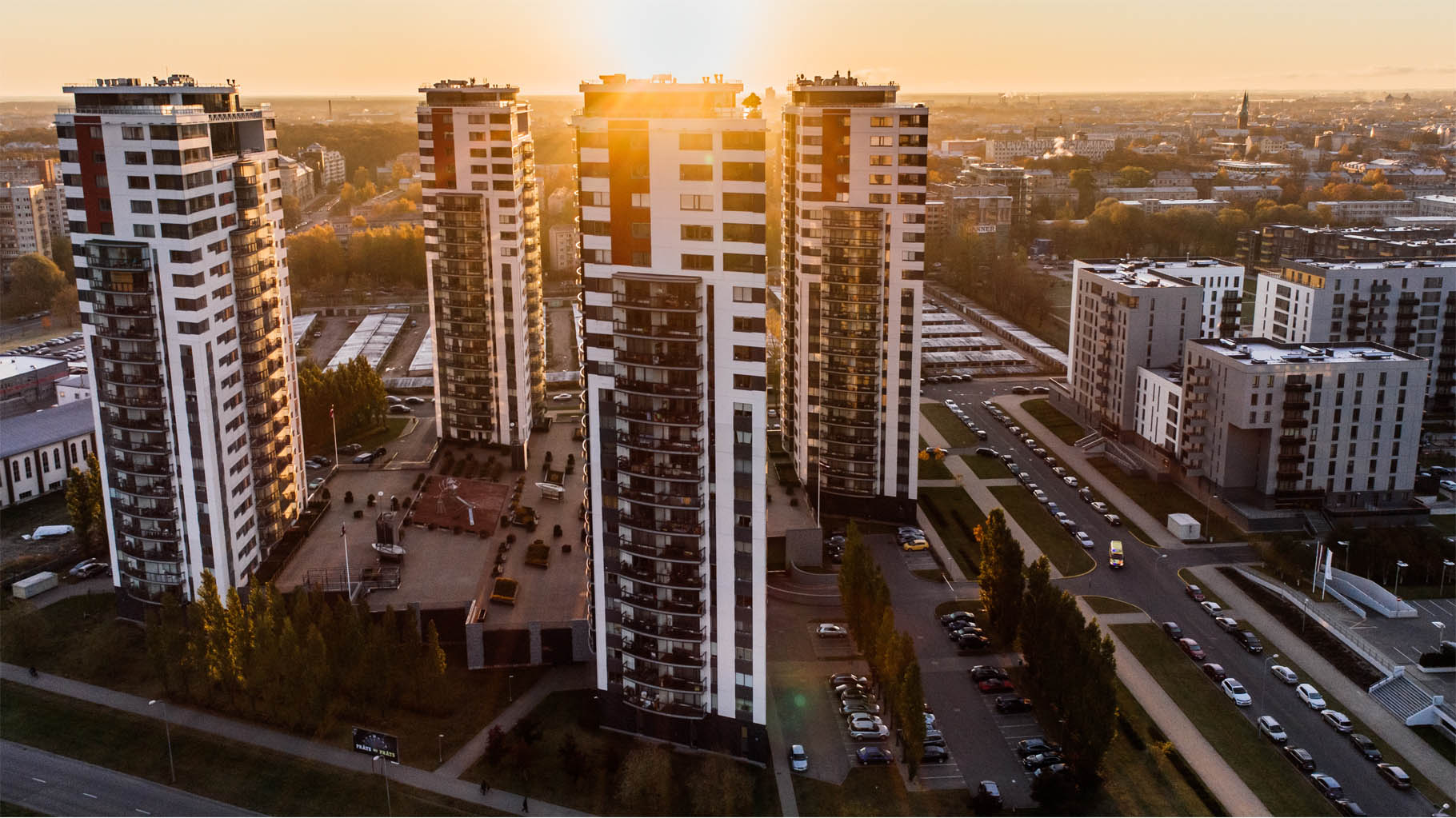
12 Dec What is combustible cladding?
What is combustible cladding?
Certain types of cladding can burn rapidly if it catches alight. Problems with metal composite panels and insulated cladding systems relate mainly to multi-storey buildings because of the potential for rapid fire spread via the external areas of the building. These products can ignite easily and melt at relatively low temperatures.
It is important to note that the presence of external combustible cladding on a building does not necessarily mean it is a fire hazard. It depends on where the cladding has been applied and the building’s overall fire safety measures.
Metal Composite Panels
Metal composite panels (MCP) are part of a cladding system on the external areas of buildings and can be a variety of colours, or they can be grey or colourless.
MCP can be different shapes and can be used in a variety of ways, such as covering a part of a wall or covering the whole wall, or as a decorative feature around windows and doors, on balconies, awnings, and signage on walls.
MCP products are sandwich-type panels, usually between 2-5mm thick, that consist of two metal outer layers and a core material. MCP includes products with outer layers of copper and zinc but the most common are products that use aluminium as the outer layer. These are referred to as aluminium composite panels (ACP).
The panel cores are made of a variety of materials, including polyethylene (PE), which may vary considerably in terms of their combustibility and ability to spread fire.
The use of MCP has become more common in the past 10 years, however, ACP has been in use as a building product since the late 1980s, so it may be present on older buildings. Common industry names for some types of ACP include ACP PE and ACP FR.

Insulated Cladding Systems
Insulated cladding systems are external wall systems comprised of bulk foam insulation that is fixed to a structural frame and then sealed, rendered and painted.
These systems are lightweight and have good thermal insulating properties because they use a thick layer of insulating foam such as polystyrene, polyurethane and polyisocyanurate.
The systems can be difficult to identify visually because they can look like rendered brick or concrete. However, tapping on the surface of these systems often produces a distinct sound such as a hollow thud, that is unlike the sound of tapping brick or concrete.
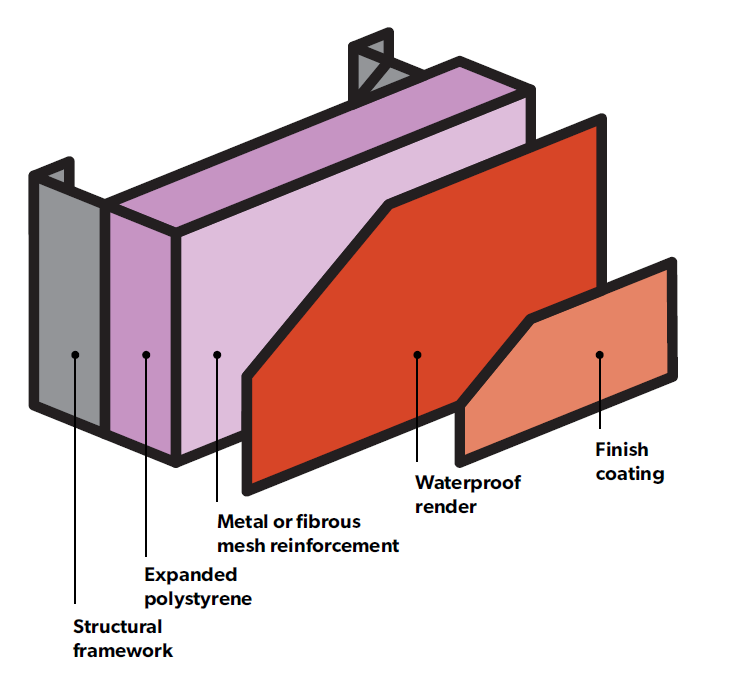
How to identify cladding?
Cladding comes in a variety of colours, or it can be grey and colourless. It can be used in different ways, such as around windows and doors, on balconies, covering a whole wall or a part of it. These images are indicative of what cladding may look like and are not intended as a complete guide. The presence of combustible cladding does not necessarily mean it is a fire hazard.

Around Windows
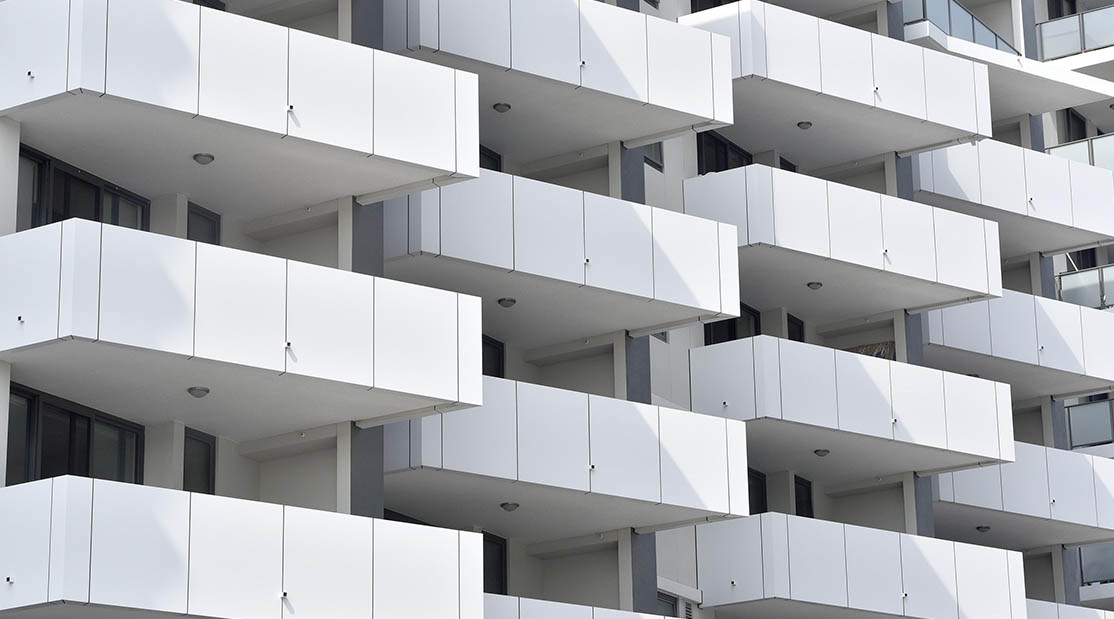
On Balconies
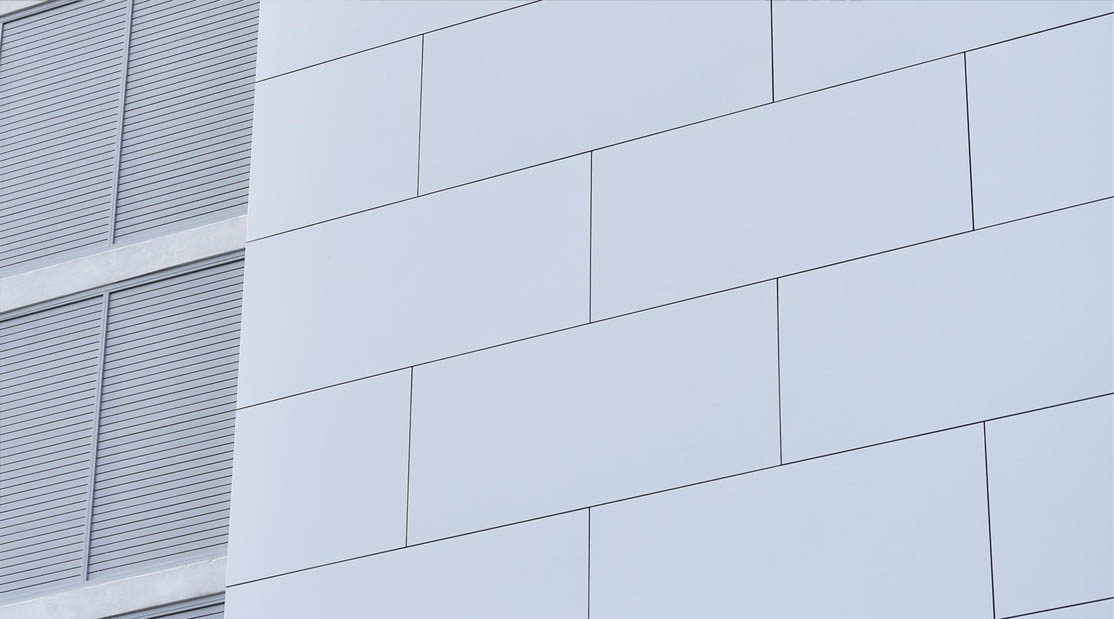
On External Walls
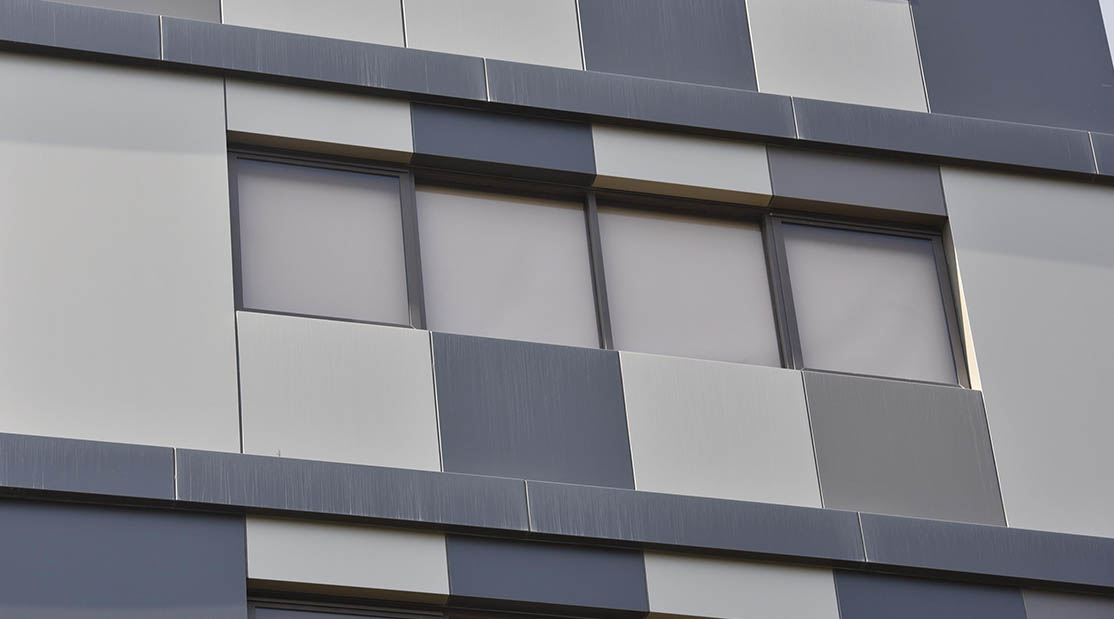
Can be Matte and colourless
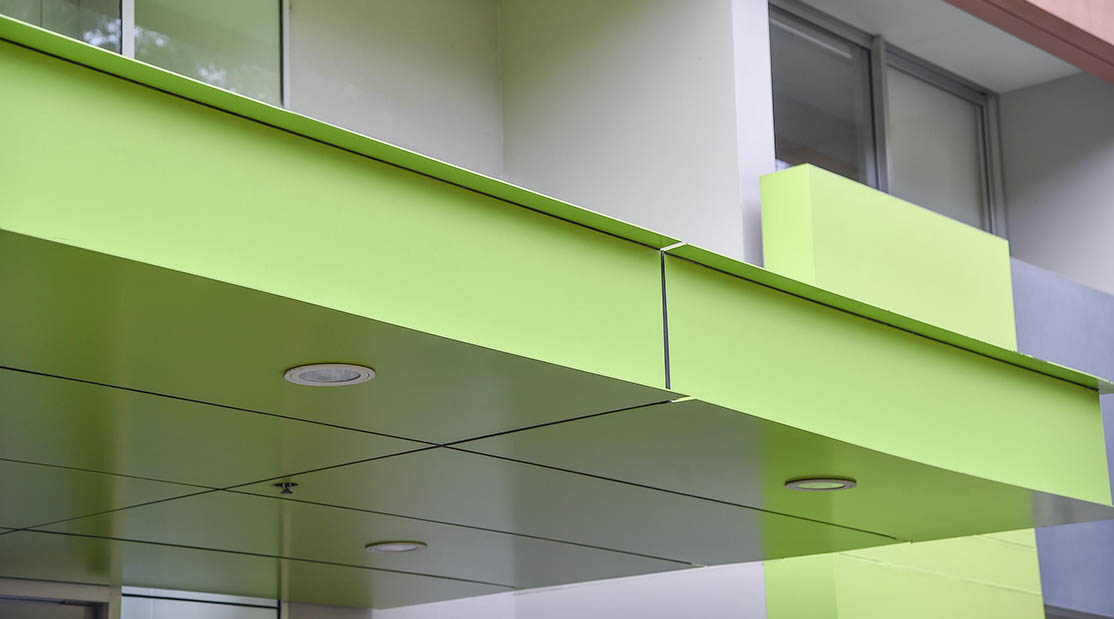
On Awnings
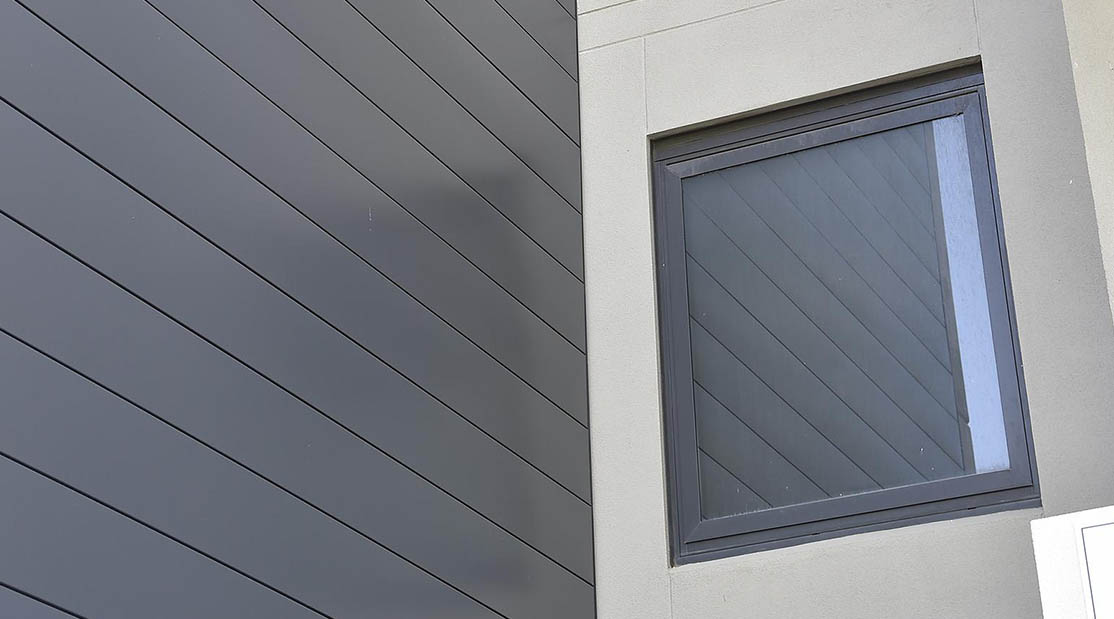
Pailings
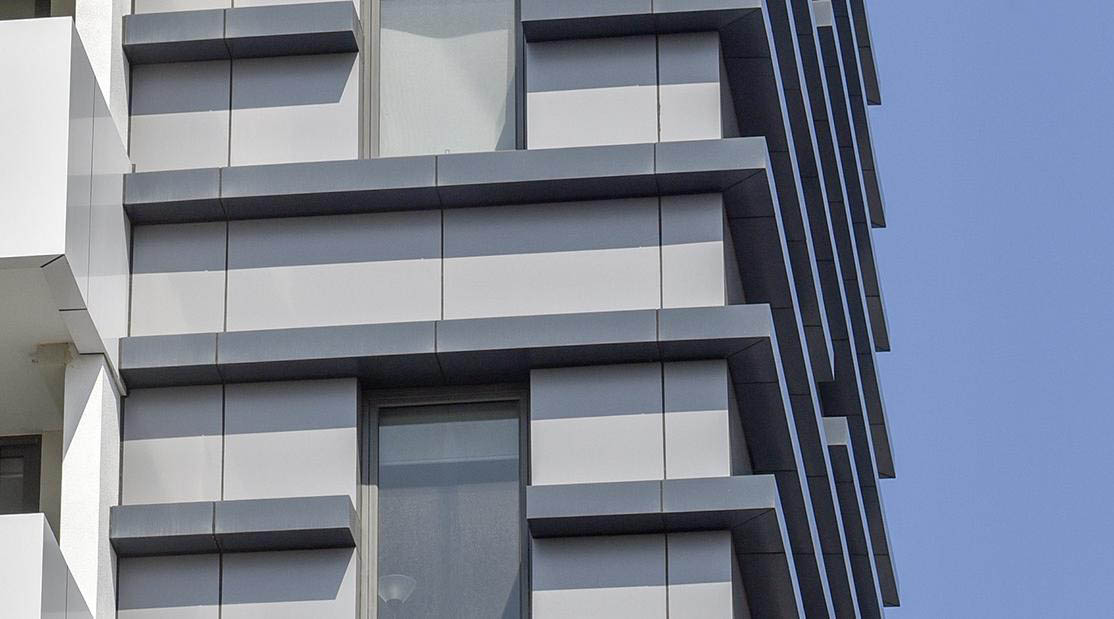
Decorative Features
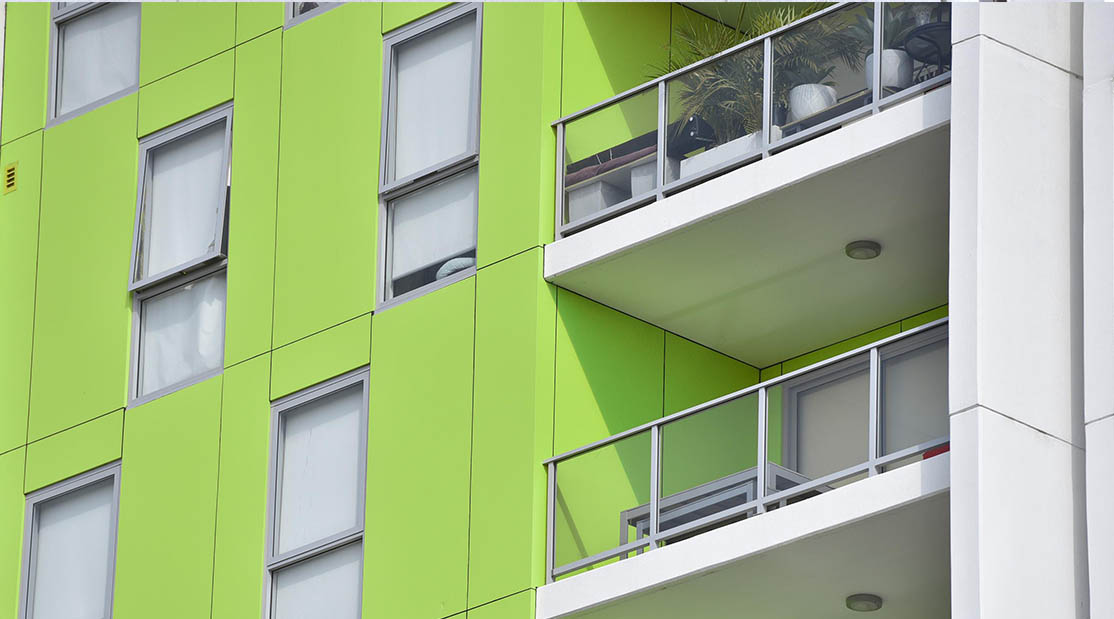
Balcony Walls
Source: www.claddingregistration.nsw.gov.au/what-combustible-cladding
© State of New South Wales and Department of Planning and Environment 2018
Stay Informed – Connect with us on LinkedIn
Important Notice
This article provides information rather than financial product or other advice. The content of this article, including any information contained in it, has been prepared without taking into account your objectives, financial situation or needs. You should consider the appropriateness of the information, taking these matters into account, before you act on any information. In particular, you should review the product disclosure statement for any product that the information relates to it before acquiring the product.
Information is current as at the date the article is written as specified within it but is subject to change. CRM Brokers make no representation as to the accuracy or completeness of the information. Various third parties have contributed to the production of this content. All information is subject to copyright and may not be reproduced without the prior written consent of CRM Brokers.
Defect Remediation & Maintenance in Strata
Strata committees often ask why the presence of outstanding defects or maintenan...
27 February, 2025The Rising Risk of Tobacco Retailer Tenants for Strata and Property Owners
Earlier this year we wrote an article about high-risk tenants for strata and pro...
03 December, 2024Holiday Trading and After-Hours Information
CRM Brokers wishes you and your family a very Merry Christmas and we look forwar...
04 November, 2024The Importance of Police Reference Numbers for Claims
At CRM Brokers, we are committed to making our client’s claims experience ...
30 October, 2024
